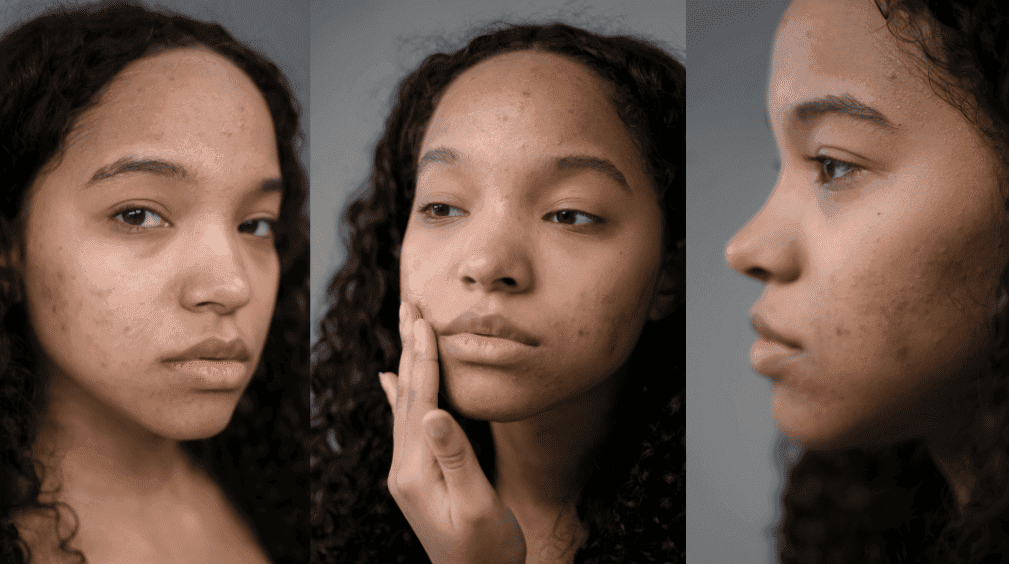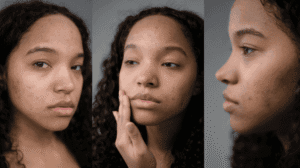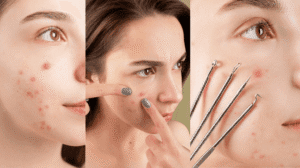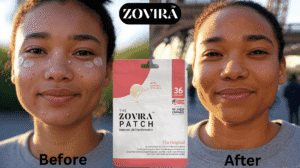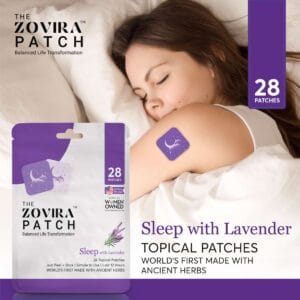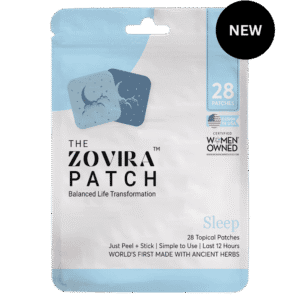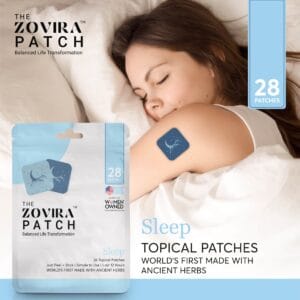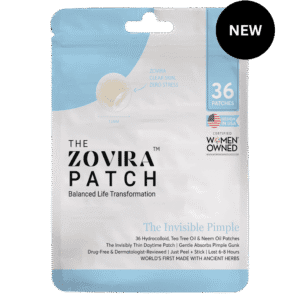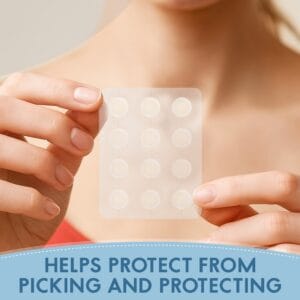What happens to your skin after acne?
For many people, the battle with acne doesn’t end when the breakout heals. Instead, they are left with stubborn marks and discoloration that can linger for months or even years. This is one of the most common frustrations in skincare — your skin may be smooth to the touch, yet it doesn’t look clear because of lingering spots.
These marks happen because of the skin’s natural response to inflammation. When a pimple forms, your body activates healing mechanisms: blood rushes to the area, immune cells fight bacteria, and pigment cells may overreact. Depending on how your skin reacts, you may be left with redness (PIE) or dark spots (PIH).
The important thing to know is that these are not scars. Unlike deep acne scars that alter skin texture, PIE and PIH are flat marks. With the right care, they can fade significantly over time. But treating them properly requires knowing the difference between the two.
What is PIE (Post-Inflammatory Erythema)?
PIE appears as pink, red, or purplish marks that remain after acne has healed. The word “erythema” comes from the Greek word for redness, which perfectly describes this condition.
PIE occurs because acne causes tiny blood vessels under the skin to become dilated or damaged. Even after the pimple heals, the increased blood flow leaves behind a reddish stain. It’s most noticeable in people with lighter skin tones, where blood vessels are more visible.
If you’ve ever had a pimple heal but noticed a red spot that refuses to disappear, that’s PIE. It can last for weeks or even months if untreated.
Key facts about PIE:
- More common in fair skin tones
- Caused by inflammation and vascular damage
- Worsens if pimples are popped or picked
- Fades over time, but slowly without treatment
What is PIH (Post-Inflammatory Hyperpigmentation)?
PIH shows up as brown or dark spots on the skin after a breakout. The word “hyperpigmentation” means excess pigment, which explains the cause: melanocytes (the cells that produce pigment) go into overdrive in response to inflammation.
This is more common in medium to darker skin tones, but it can happen to anyone. Unlike PIE, which comes from blood vessels, PIH is all about pigment. If you tan easily or have experienced dark marks after cuts or scrapes, you may be more prone to PIH.
Key facts about PIH:
- More common in darker skin tones
- Caused by overproduction of melanin
- Darkens with sun exposure
- May last months or years without treatment
Why people confuse PIE and PIH
One of the biggest challenges is that people often confuse PIE with PIH — and then use the wrong treatments. For example, someone with PIE may try using brightening serums designed for pigmentation, only to be disappointed when the redness doesn’t fade. Likewise, someone with PIH might rely on calming creams, which won’t make dark spots disappear.
The difference comes down to color and cause:
- PIE = red, pink, or purple (blood vessels)
- PIH = brown or black (pigment)
Knowing which one you’re dealing with helps you choose the right path to healing.
How to treat PIE vs PIH effectively
Since PIE and PIH are caused by different mechanisms, treatments must be tailored:
Treating PIE (red marks):
- Use anti-inflammatory ingredients like niacinamide, centella asiatica, or green tea extract to calm redness.
- Strengthen the skin barrier with gentle moisturizers and ceramide-rich creams.
- Professional treatments like pulsed-dye laser or microneedling may help reduce stubborn redness faster.
- Patience is key: PIE fades, but it can take weeks to months.
Treating PIH (dark marks):
- Brightening ingredients are essential: vitamin C, arbutin, licorice extract, kojic acid, and niacinamide can all help.
- Gentle exfoliation (with AHAs, BHAs, or retinoids) encourages cell turnover and fades pigment.
- Sunscreen is non-negotiable — even one day of sun can darken PIH significantly.
- With consistent care, PIH usually fades within 3–12 months.
Preventing acne marks before they form
The best way to deal with PIE and PIH is to prevent them from forming in the first place. Here’s how:
- Don’t pick or squeeze pimples. Picking dramatically increases the risk of post-acne marks.
- Treat pimples early. The less inflammation, the less likely marks will remain.
- Shield your skin from the sun. Sunscreen prevents PIH from worsening.
- Stick to calming routines. Over-cleansing, harsh scrubs, and irritating products prolong inflammation.
The role of Zovira patches in post-acne care
At Zovira, we design patches not just to treat pimples, but to help skin heal in a way that reduces the risk of lingering marks.
- Zovira Original Acne Patch protects active pimples from bacteria and picking, while drawing out impurities. This minimizes trauma and reduces the chance of PIE or PIH developing.
- Zovira Invisible Patch makes it easy to wear protection during the day. By covering blemishes, it prevents sun exposure and pollution from worsening pigmentation.
- Zovira Recovery Patch soothes irritation, calms redness, and provides nutrients that support healing — ideal for skin that has just gone through inflammation.
By protecting and caring for your skin during the healing stage, Zovira patches ensure that acne leaves as little trace as possible.
Final Thoughts
PIE and PIH are two of the most common concerns people face after acne. They are not true scars, but they can affect confidence just as much. By understanding the difference, choosing the right treatments, and using protective products like acne patches, you can speed up healing and prevent marks from becoming long-term struggles.
At Zovira, we believe acne shouldn’t leave a lasting mark on your life — and with the right care, it doesn’t have to.

